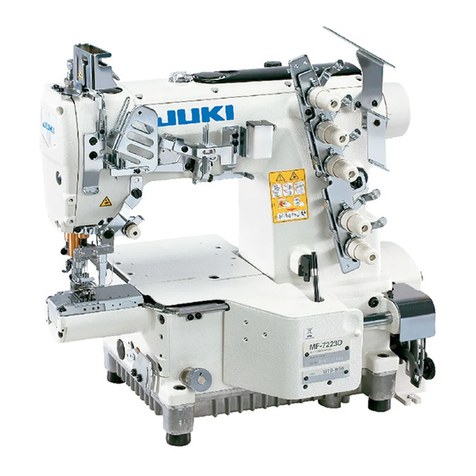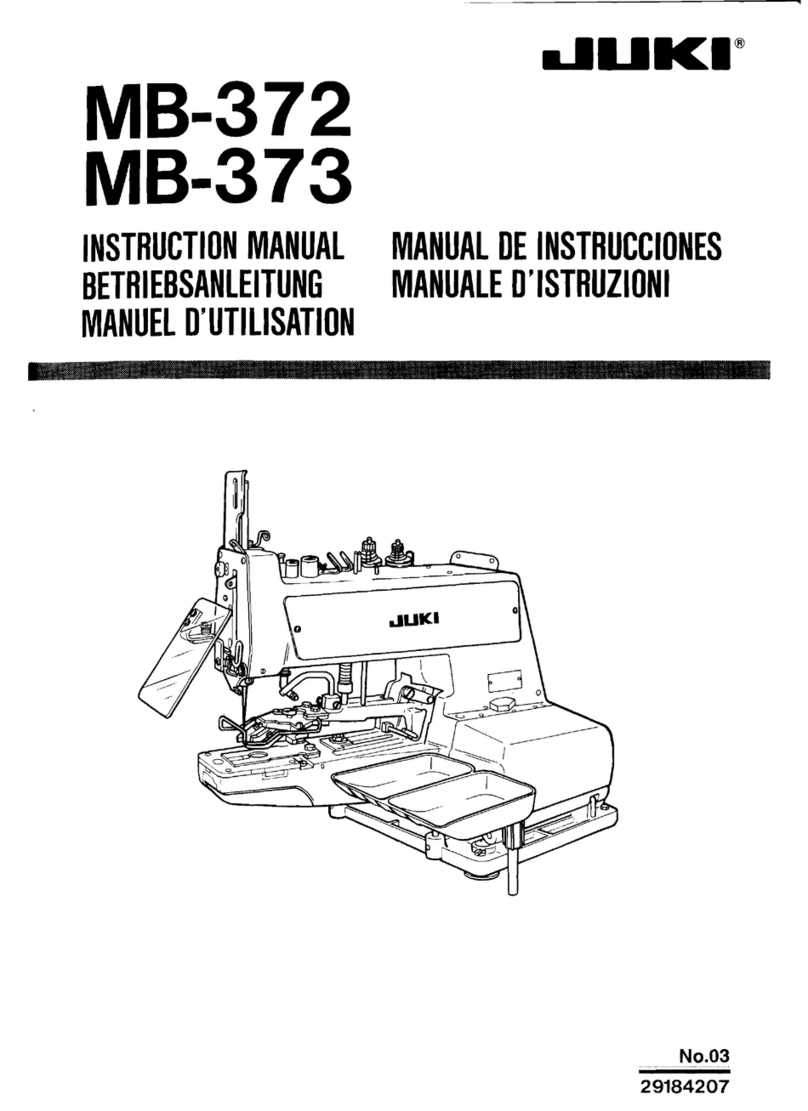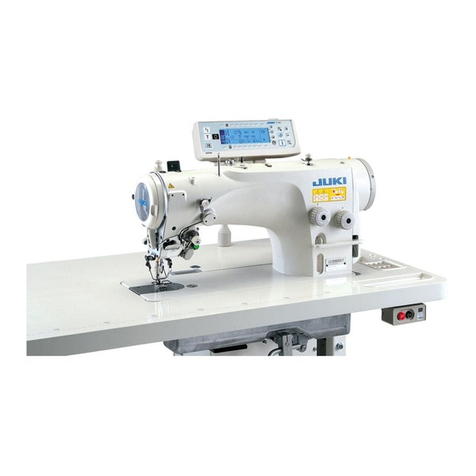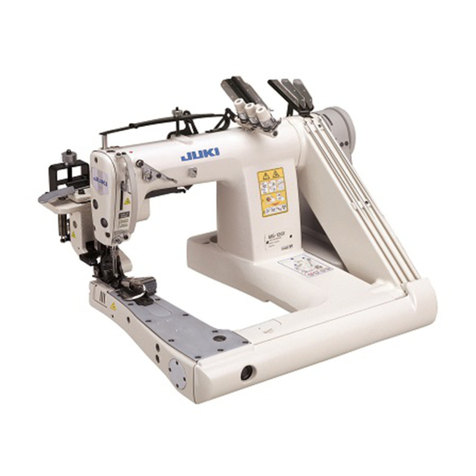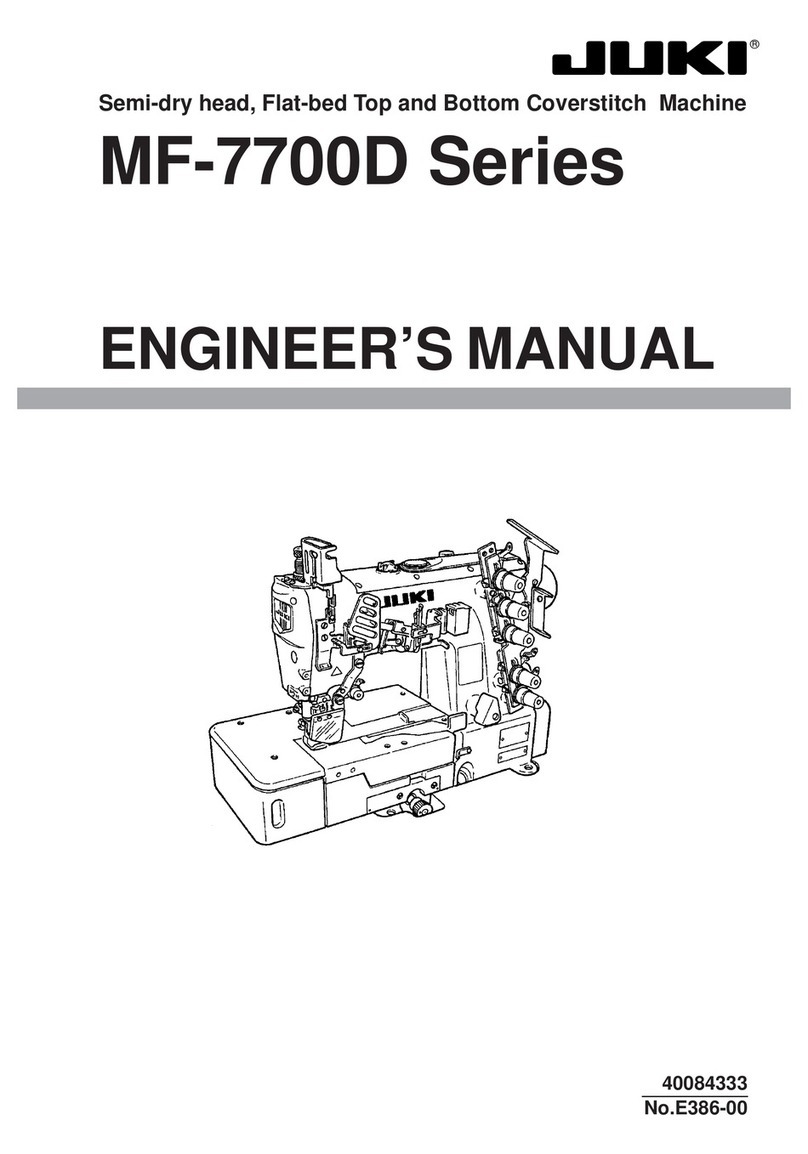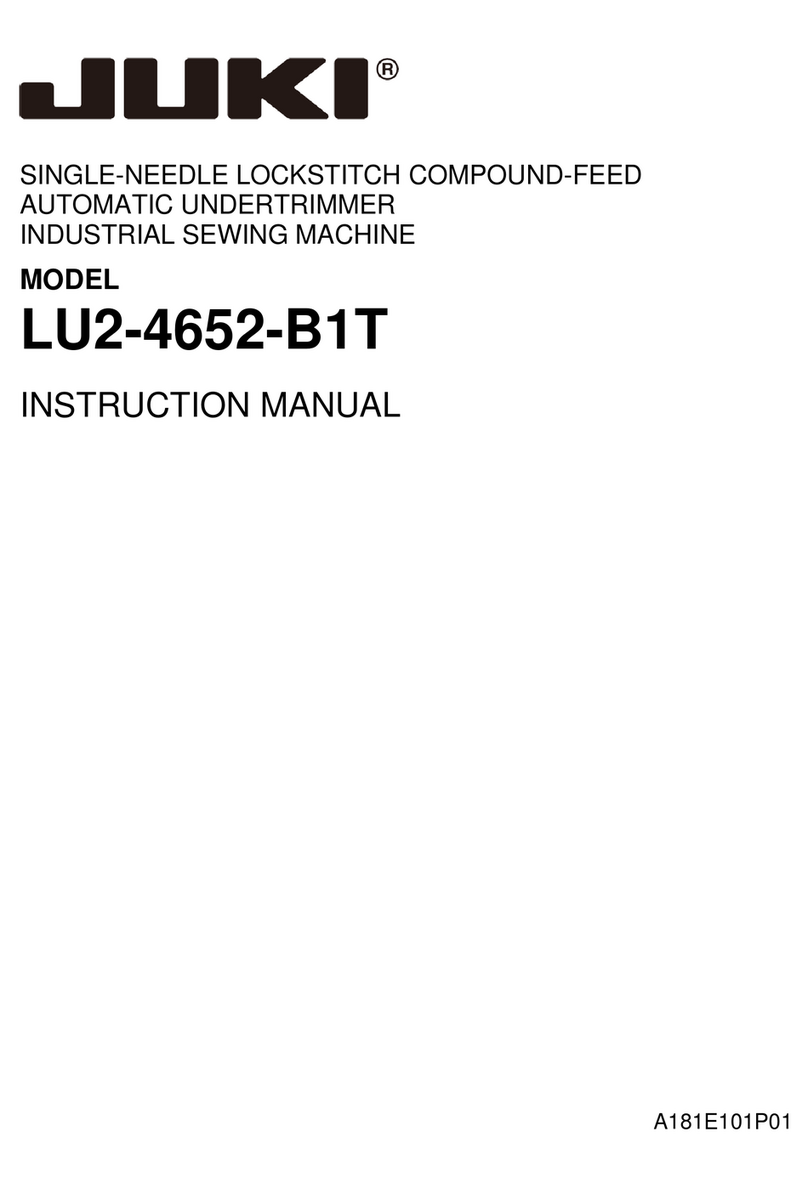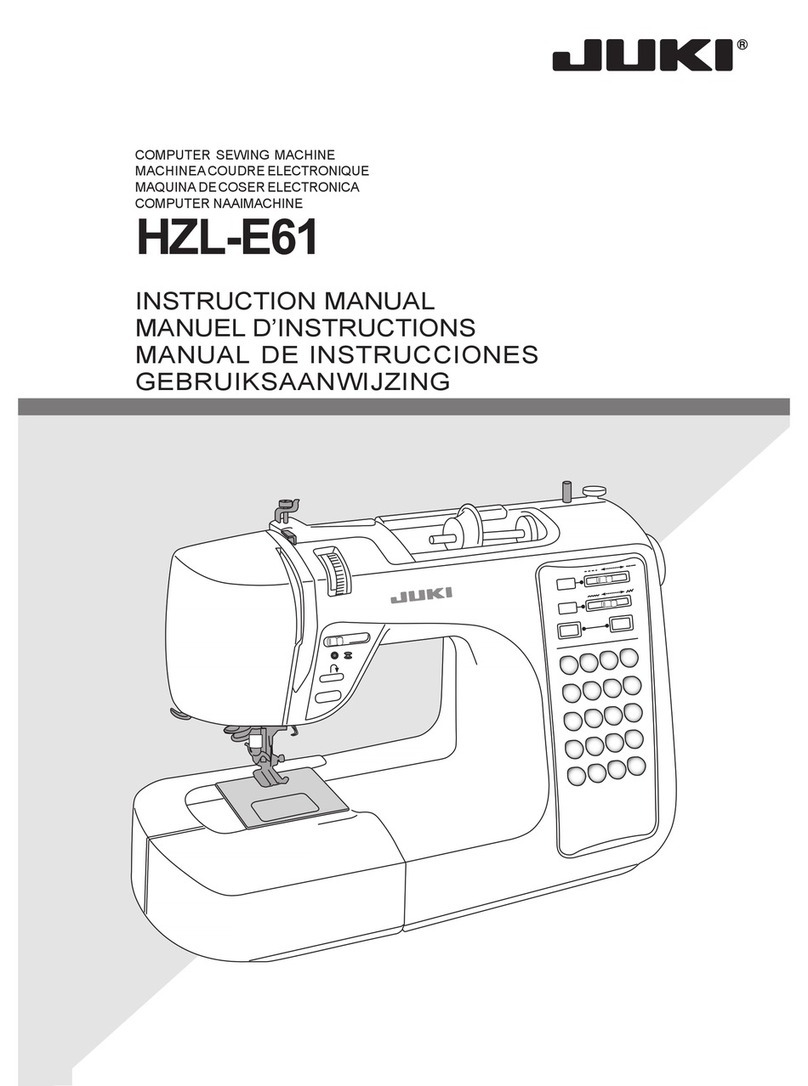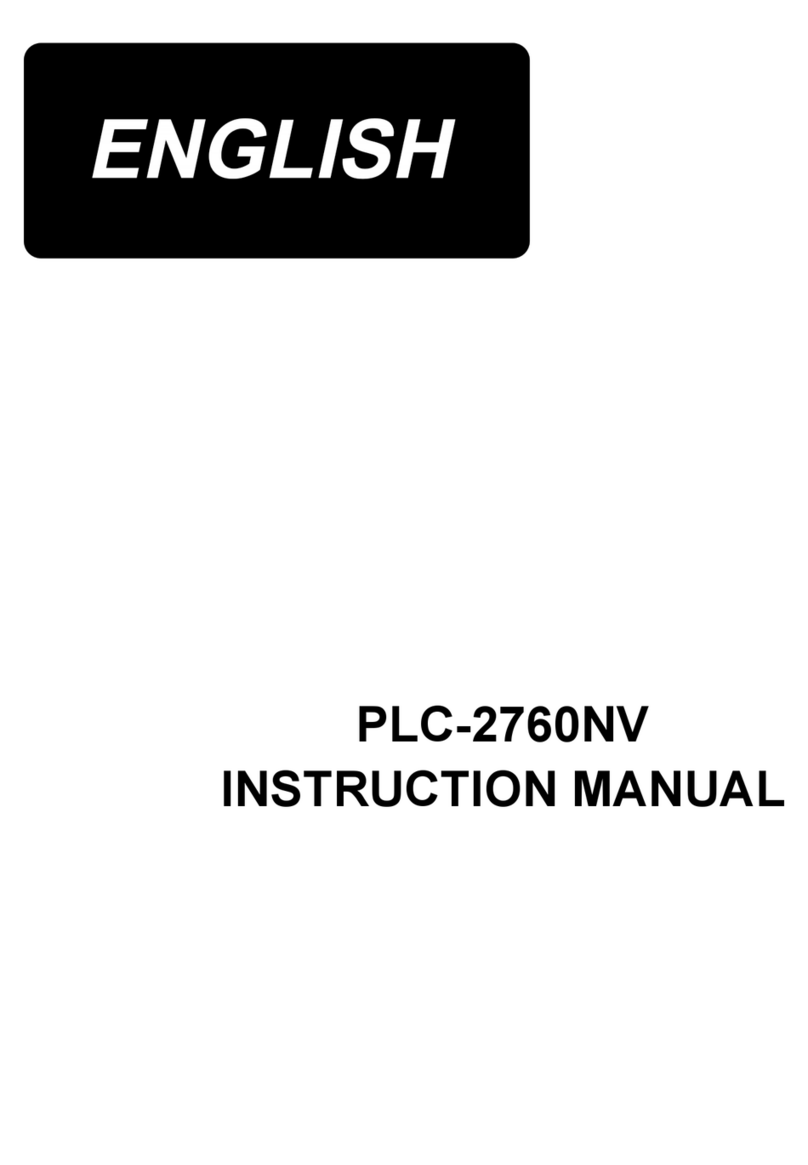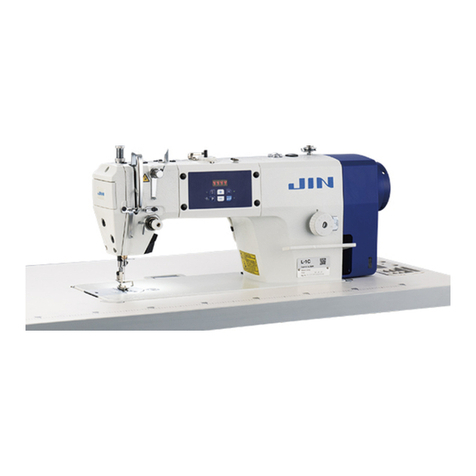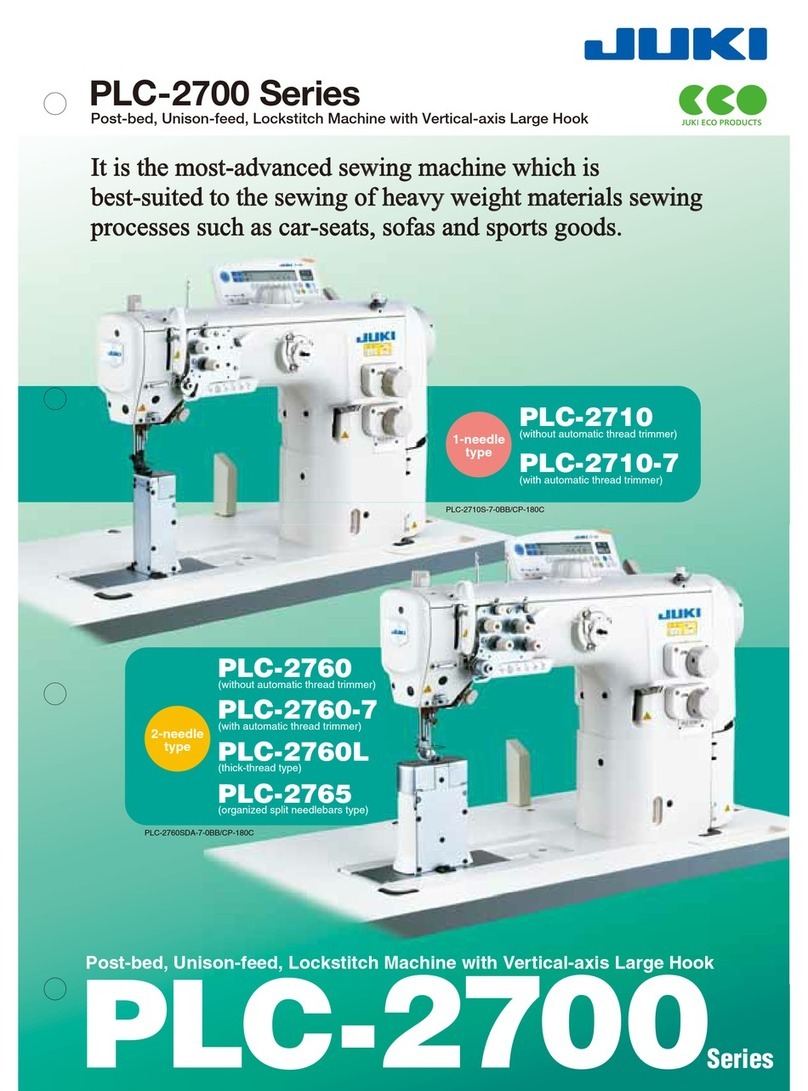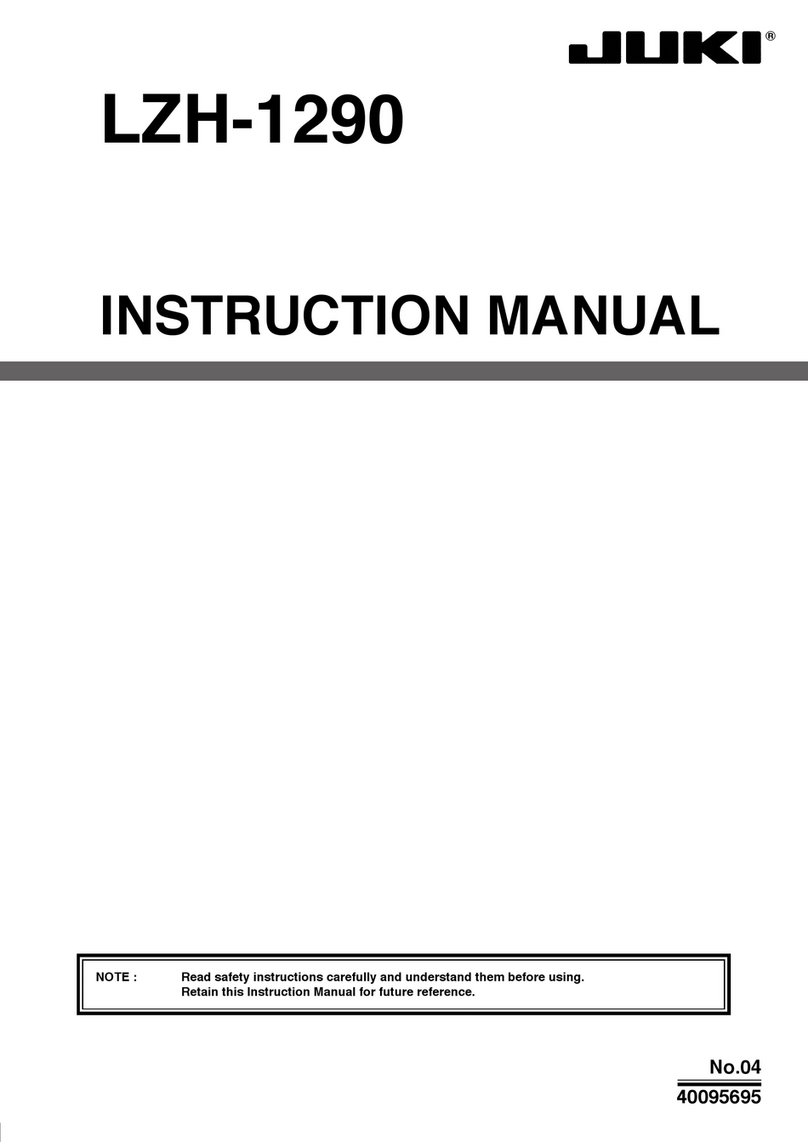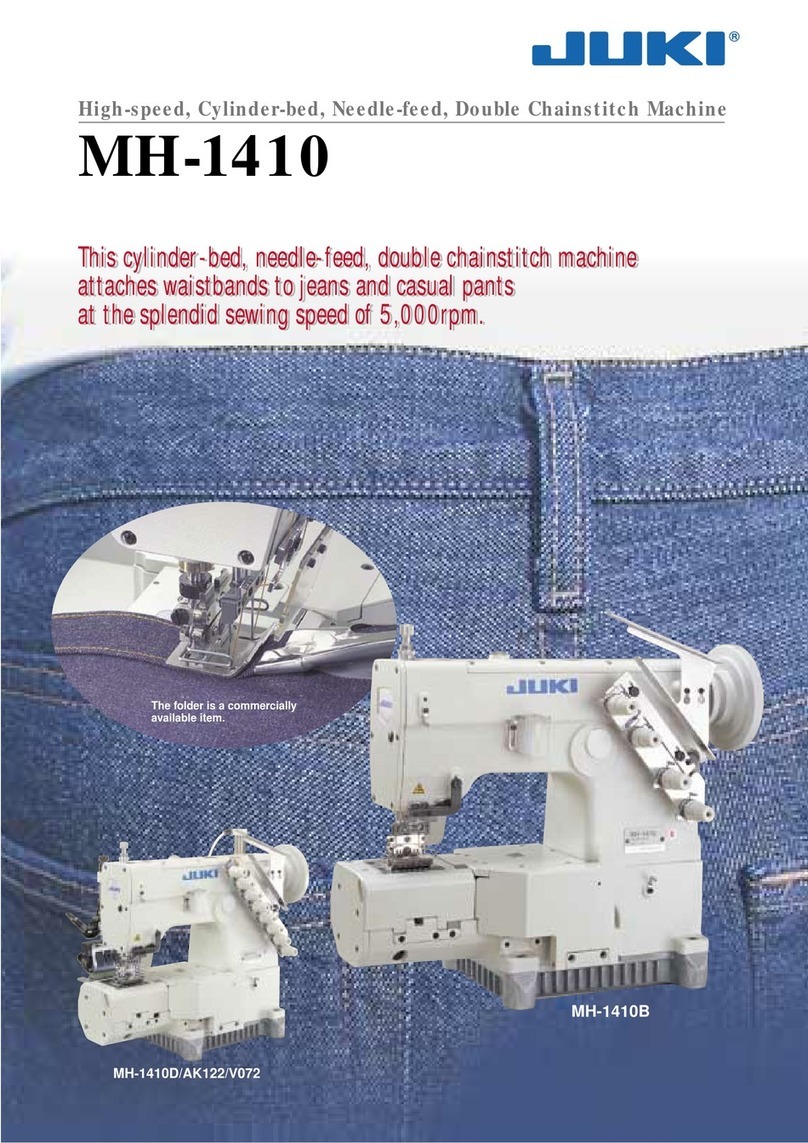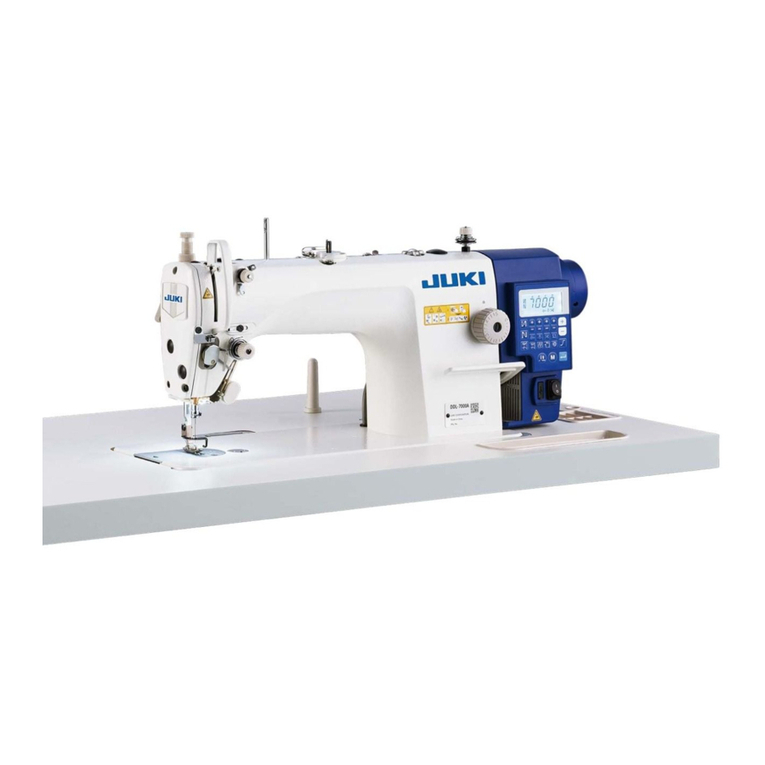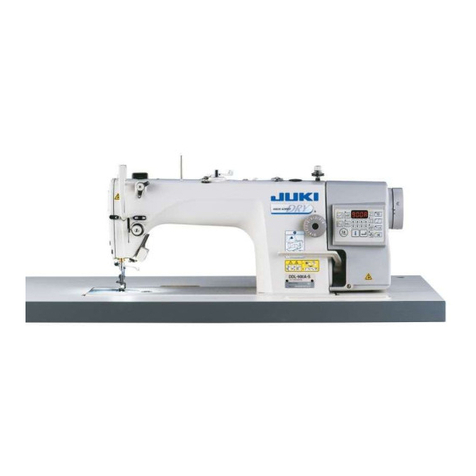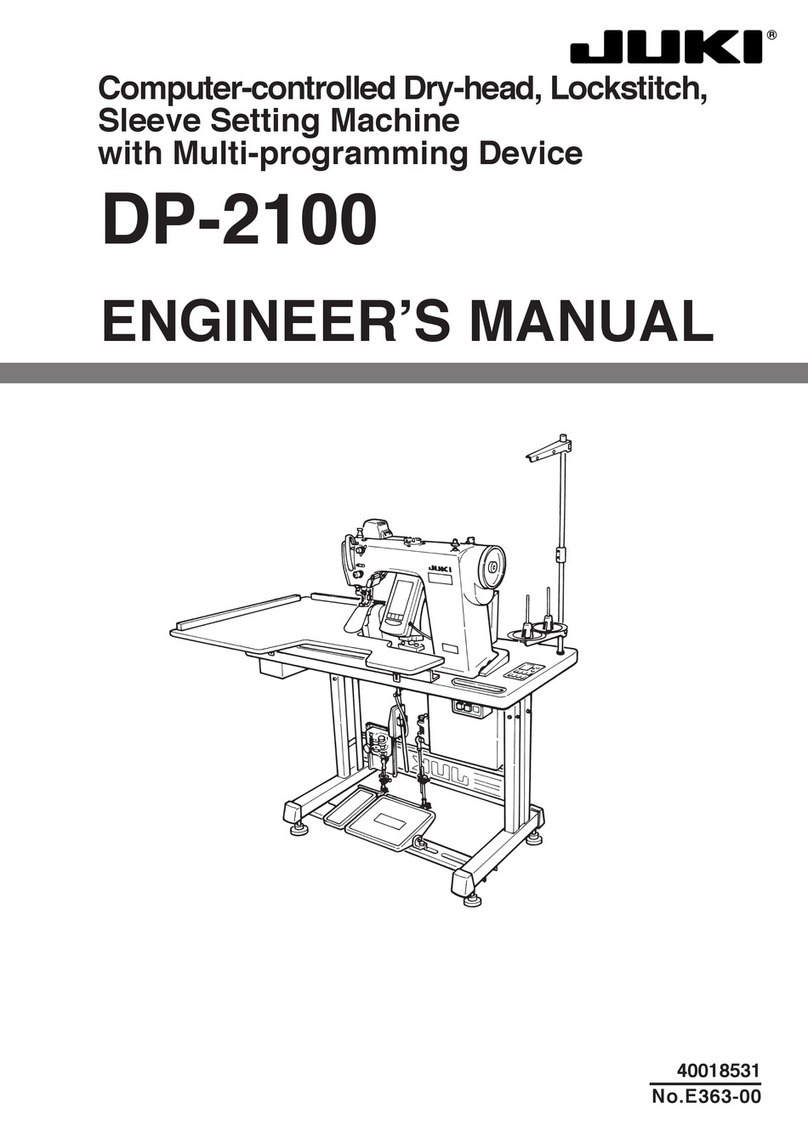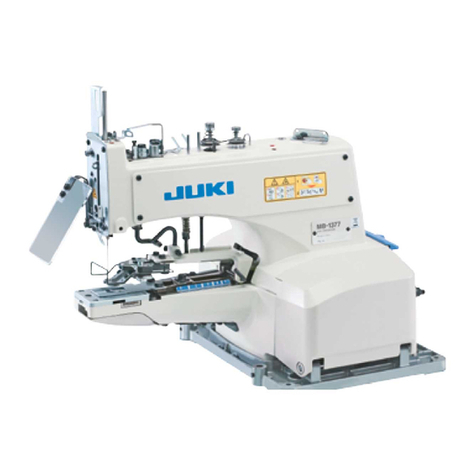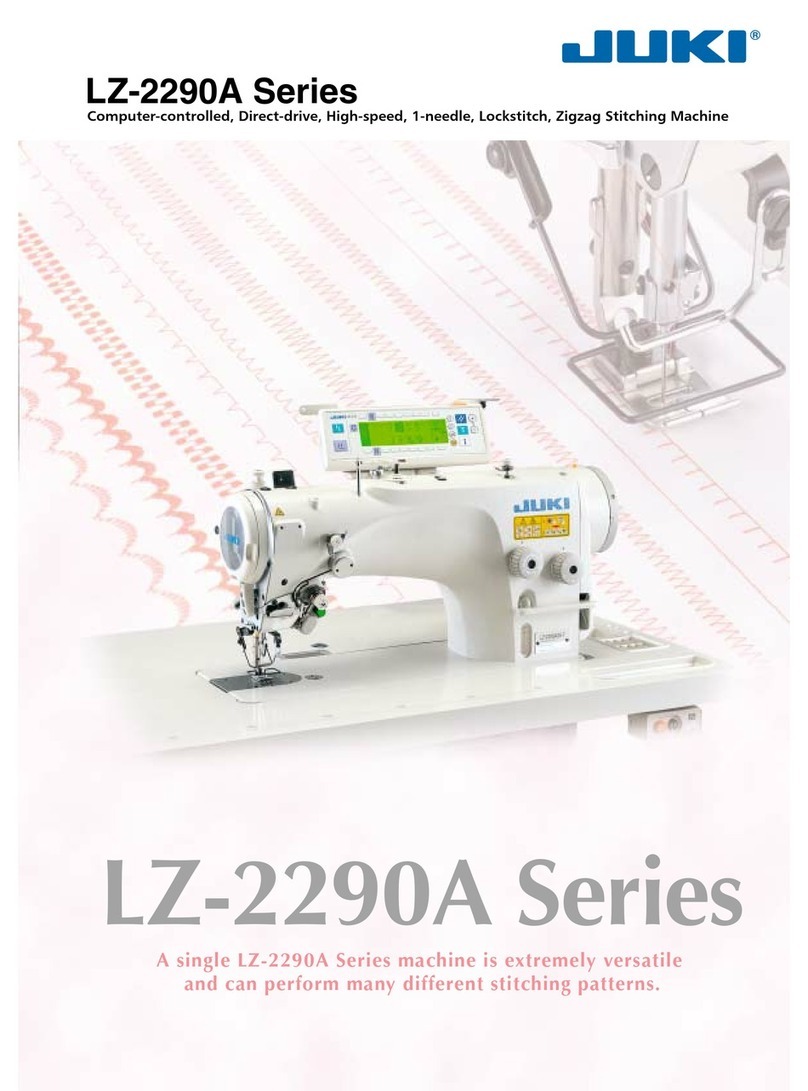
i
CONTENTS
I. SPECIFICATIONS........................................................................................ 1
II. SET-UP........................................................................................................ 3
1. Installation .........................................................................................................................................3
2. Installing the pedal sensor............................................................................................................... 4
3. Installing the power switch (for CE)................................................................................................ 4
4. Connecting the connector ............................................................................................................... 5
5. How to install the power plug .......................................................................................................... 6
6. Attaching the connecting rod .......................................................................................................... 6
7. Winding the bobbin thread .............................................................................................................. 7
8. Adjusting the height of the knee lifter.............................................................................................8
9. Installing the thread stand ............................................................................................................... 8
10. Lubrication ........................................................................................................................................9
11. Adjusting the amount of oil (oil splashes)....................................................................................10
12. Attaching the needle....................................................................................................................... 12
13. Setting the bobbin into the bobbin case ......................................................................................13
14. Adjusting the stitch length............................................................................................................. 13
15. Presser foot pressure..................................................................................................................... 13
16. Hand lifter ........................................................................................................................................13
17. Adjusting the height of the presser bar........................................................................................14
18. Threading the machine head ......................................................................................................... 14
19. Thread tension ................................................................................................................................15
20. Thread take-up spring .................................................................................................................... 15
21. Adjusting the thread take-up stroke ............................................................................................. 15
22. Needle-to-hook relationship .......................................................................................................... 16
23. Height of the feed dog .................................................................................................................... 16
24. Tilt of the feed dog.......................................................................................................................... 17
25. Adjusting the feed timing............................................................................................................... 17
26. Counter knife...................................................................................................................................18
27. Pedal pressure and pedal stroke................................................................................................... 18
28. Adjustment of the pedal ................................................................................................................. 19
29. Marker dots on the handwheel ...................................................................................................... 19
III. FOR THE OPERATOR............................................................................. 20
1. Operating procedure of the sewing machine............................................................................... 20
2. Setting procedure of the machine head .......................................................................................21
3. Operation panel built in the machine head ..................................................................................22
4. Operating procedure of the sewing pattern ................................................................................. 23
5. One-touch setting ........................................................................................................................... 25
6. Setting of functions ........................................................................................................................ 26
7. Production support function ......................................................................................................... 27
8. Setting of thread clamp (NB type only).........................................................................................29
9. Function setting list........................................................................................................................ 31
10. Detailed explanation of selection of functions ............................................................................35
11. Automatic compensation of neutral point of the pedal sensor .................................................. 45
12. Selection of the pedal specications............................................................................................46
13. Setting of the auto lifter function .................................................................................................. 46
14. Selecting procedure of the key-lock function .............................................................................. 47
15. Initialization of the setting data ..................................................................................................... 47
16. LED hand light.................................................................................................................................48
17. Height adjustable one-touch type reverse stitching switch ....................................................... 48
IV. MAINTENANCE....................................................................................... 49
1. Adjusting the machine head .......................................................................................................... 49
2. Error codes...................................................................................................................................... 50
